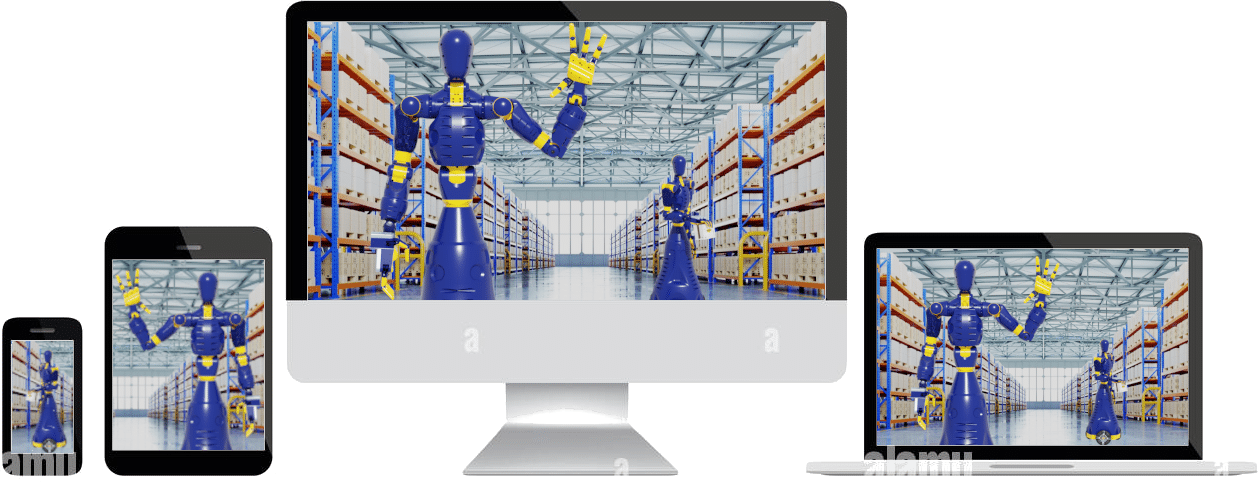In the fast-paced world of logistics and supply chain management, the integration of robotics into warehousing operations isn’t just a trend—it’s a revolution. With the relentless pursuit of efficiency, safety, and cost-effectiveness, the robotics industry is redefining the traditional warehousing landscape. Let’s explore how these mechanical marvels are setting new standards in the warehousing sector.
Table of Contents:
Unleashing Efficiency Like Never Before
The dawn of robotics in warehousing has ushered in an era of unprecedented efficiency. These technological titans tackle tasks ranging from order picking to inventory management with precision and speed that human labor simply can’t match. The result? A drastic reduction in processing times and a significant uptick in order fulfillment rates.
Robots that never tire and operate around the clock, ensuring that warehousing operations never hit a pause button. This 24/7 productivity eliminates bottlenecks and maximizes throughput, making the dream of next-day or even same-day delivery a tangible reality.
Elevating Safety to New Heights
In the world of warehousing, where every square foot is a bustling hub of activity, safety can never be overstated. Robotics technology is playing a pivotal role in minimizing workplace hazards, taking over tasks that are too dangerous or tedious for humans. From handling heavy loads to navigating high shelves, robots are designed to perform risk-laden tasks, significantly reducing the incidence of workplace accidents and injuries.
Moreover, in the era of COVID-19 and beyond, robots offer an added layer of safety by minimizing human contact in warehousing operations, thus reducing the risk of virus transmission among workers.
Driving Down Costs, Lifting Up Profitability
While the upfront investment in robotics may seem daunting, the long-term financial benefits are undeniable. By automating routine tasks, robots reduce the need for manual labor, allowing businesses to reallocate human resources to more strategic roles that add greater value.
Furthermore, the precision of robotics in inventory management leads to reduced waste and improved stock control, ensuring that resources are utilized efficiently. This optimization not only slashes operational costs but also boosts profitability. This is a win-win for businesses looking to thrive in competitive markets.
The Future is Now
The intersection of robotics and warehousing is just the beginning. As we look to the future, advancements in AI and machine learning promise to further enhance the capabilities of warehouse robots, making them smarter, more adaptable, and even more integrated into the fabric of warehousing operations.
Imagine a world where robots and humans collaborate seamlessly, predictive analytics and real-time data drive decision-making, and warehousing operations are so streamlined that customers can expect unprecedented satisfaction and service. That future isn’t on the horizon—it’s here, and now.
Conclusion
As robotics integrate into warehousing, it’s more than just an innovation; it’s a transformation that is changing the industry from the ground up. By unlocking unparalleled efficiency, elevating safety standards, and driving down costs, robotics technology is not just meeting the demands of the modern market but also setting new benchmarks for what’s possible in warehousing.
As we embrace this next generation of warehousing, the question isn’t whether your operation can afford to integrate robotics—it’s whether you can afford not to.











